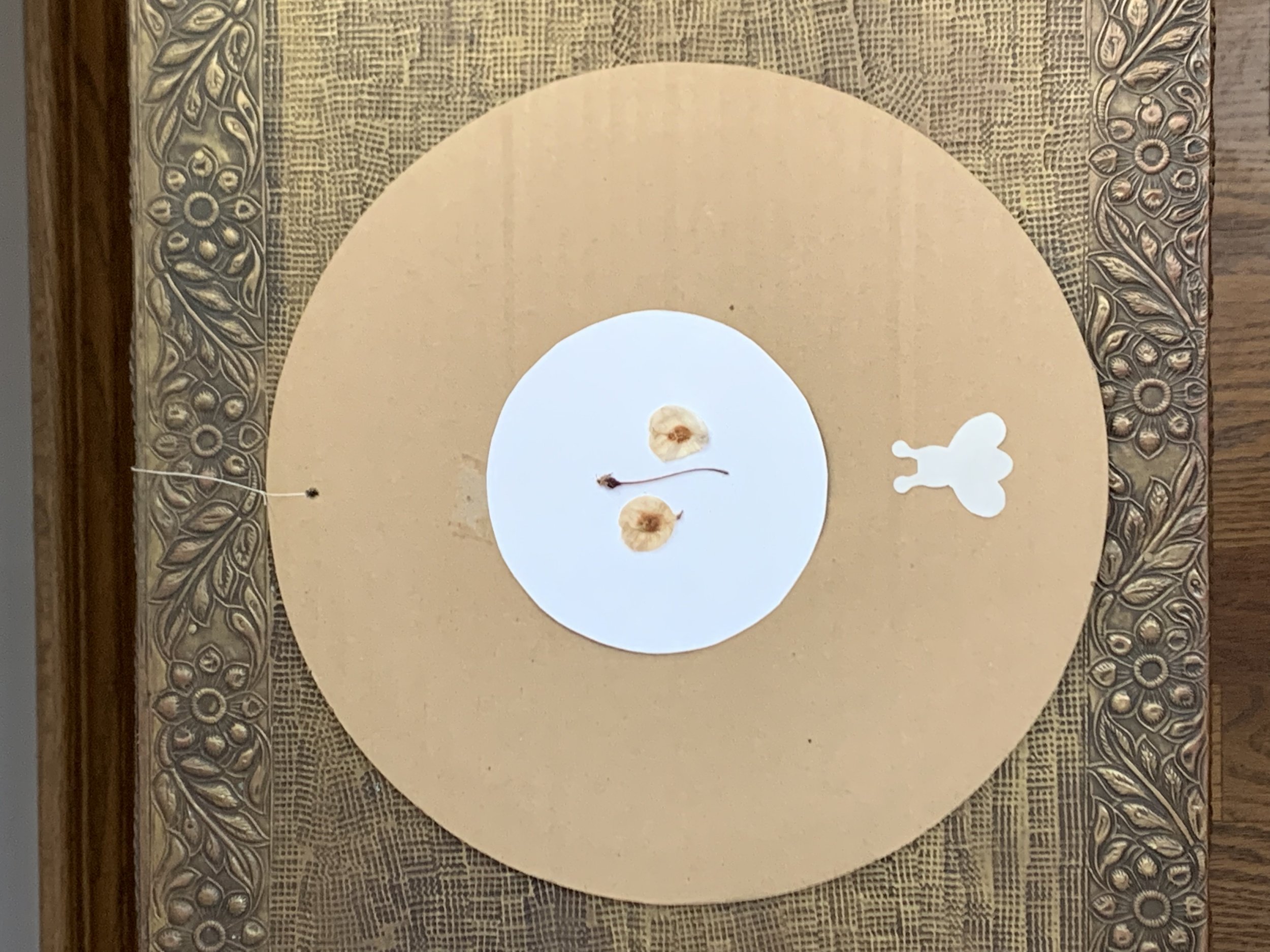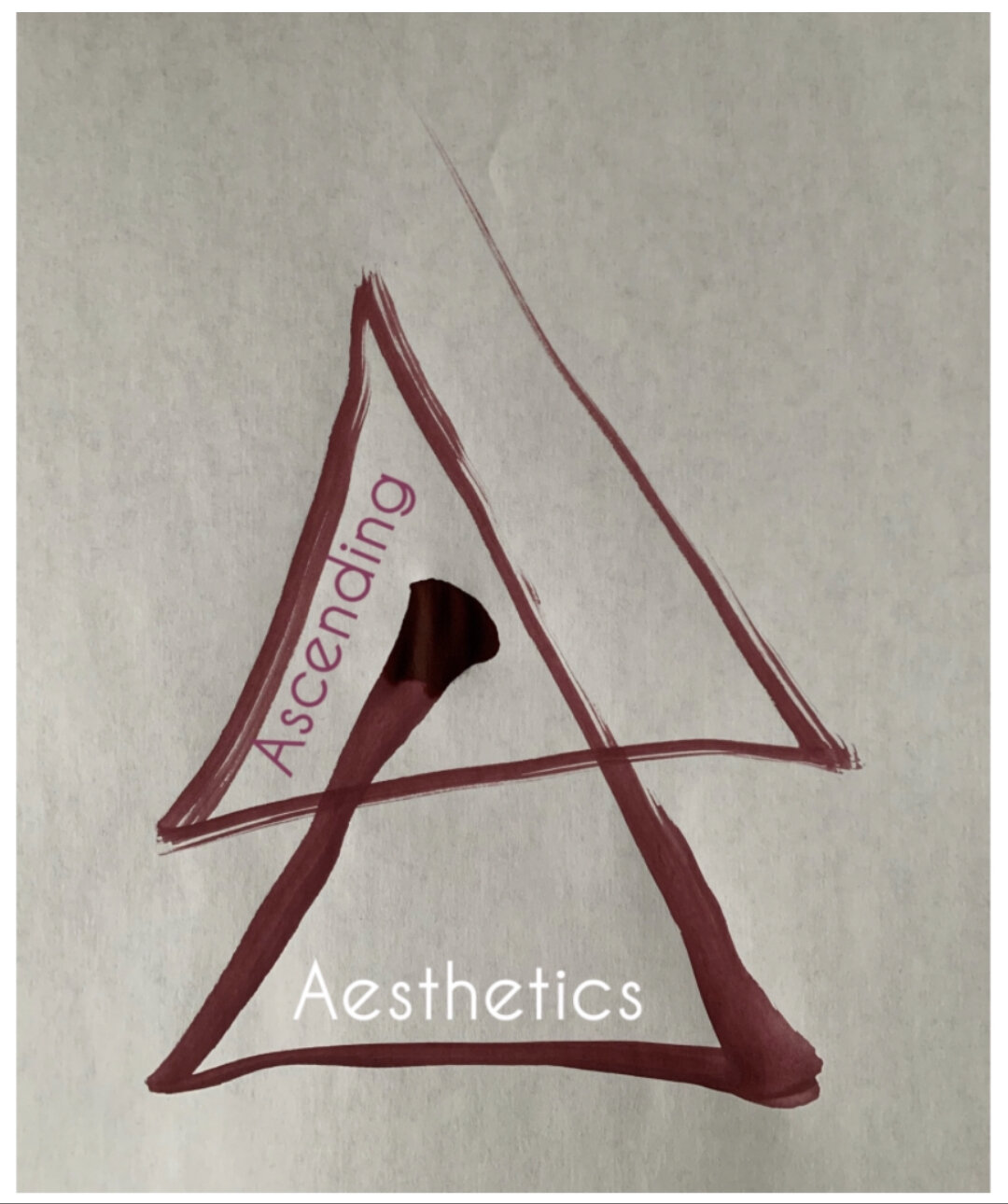
C. Designing Inquiry - Phase-II
Personal notes
While working on Concious Designing Inquiry, I was fortunate to encounter many amazing personalities, drawing inspirations from them. Some answered Questions, some threw light on Questions itself, some opened new ways, new possibilities for creating , some brough joy and beauty to ou inquiry. I am honored to pursue these Inspirations and see what Emerges from it.
I am Thankful
to all my Family and Friends for their support and to all collaborators for their cooperation with Concious Designing Inquiry.
Main project page for Conscious Designing Inquiry here
This page is for my Personal Aesthetic Inquiry on
Art as a process
Comparing Rothko and Gaitonde
Inquiry into the Arts and Wellbeing takes me back to the comparative thought on my favorite Artists Rothko and Gaitonde. Both Abstract artists and contemporaries with several common factors, yet one ends up with a suicide, other, recognized for his contemplative Art practice. Should art not lead us towards Joy and Wellbeing.. As stated in Bharat Muni's Natya shastra.- the purpose of Kala (Art) is to create ParamAnanda (ecstatic joy). Why then should Artists suffer because of their Art?
Rothko and Gaitonde met in New York and have been recorded to have conversations on their common inclination for Zen philosophy. The prominence given to Silence as part of any practice in Zen is evident in paintings of both the Artists.
These two artists represent for me the two directions of human movement- I love Rothko but what about the Artist's inner state. As much as Gaitonde's work illuminates my art journey, it is Rothko's mysterious dark works that invokes/ provokes/ instigates me to investigate Art and Aesthetics as means of Wellbeing of all.
Comparing ‘Mu’ and ‘Shunya’
Nothingness and Completeness simultaneously
Talking of Zen, I was inspired by Sansei Shozo Sato's approaches of mindfulness while practicing Zen calligraphy. When he taught us the idiom 'Mu' (Nothingness, Empty) it connected me to the concept of 'Shunya' (Zero in Sanskrit) But Shunya is not just a word or a number, it is a philosophy of Nothingness and also Completeness at the same time. The sloka from ishavasya Upanishad 'Purnamadah' well represents this concept of completeness, wholeness. Thought the concept seems similar in Zen and Vedic philosophies, the aesthetics of both cultures they come from, differ extensively.
I am curious about the similarities of 'Shunya' and 'Mu' in regards to Aesthetics and its relation with Well-being talks.
Thoughts on Aesthetics reminds me of Dr Pandharipande’s talks about Kalidasa’s Meghadoot and Bharat Muni’s Natya Shastra.
Timeless treatise on beauty and Art. More interesting is the Rāsā theory as it points to expriencing the beauty from all emotions with a spiritual angle. Wouldn’t this study enhance our joy in everyday life, adding to our wellbeing? But How?
Various experiences that fuel my Inquiring-
Looking at the dried orchid flowers from The prairie glass house brings in another aspect of Art and Designing, a pleasing aesthetic but how much does it touch the aspect of care.
The Zen books while volunteering for Books 2 Prisoners. So much potential to raise Compassion and Consciousness but our for our systems…. Can we have more art studios in prisons?! So as to eliminate the prisons.
Birth of an Idea for gathering Seniors, 90+
Dr Stake a very recent connection along with Dr Visse have been a lovely coincidence. That story later but their talks on Care during the Book reading event, were stimulating. What touched me the most was how Dr Stake came walking casually and sat and spoke like one of us!
After talking to him on Wellness, there was a thought to explore the Seniors involvement in our Wellness talks. as we spoke about it, the more constructive the idea became and efforts started to bring together 90+ members. Not sure if that efforts will be successful but I had the honor of meeting some wonderful Inspiring with these seniors.
-Met Dr Govindjee and Rajaniji by the grace of my friend, Sayee who is herself an inspiring! At 90+ this great couple is vibrant and actively talk about their field of study!
Rajaniji shared a book, ‘The other Einstein’ which I shoulddl make time to read.. Govindjee spoke of ATP, the energy maker for my body. Though it was a jovial comment, it grabbed my attention as everything 'Energy' does. Isn't it a wonder how the matter transforms the intangible energy into various states and in doing so transforms itself! Photosynthesis always Awed me like Metamorphosis but never looked at it from scientific explorations..
wonder if both these topics can be part of the Creative Inquiry? How?
Met with Dr Tam Wei is full of life at almost hitting a century. At this wonderful age, she seems to have a great memory. Curious about her book- Traditional cultures of Vietnam. but more curious about her journey this far, not the informative but her travel as an energetic being...
Project background in PDF presented as a reference point to begin the Phase-II of Inquiry.
Phase-I background in pdf is at the end of the page.
Materials in connection to Water
While designing the project, I wanted to include the concept of ‘ZERO Waste’. So I have been experimenting with Materials, for both, group activities and for my own creative expression. The materials used that had bare minimum carbon footprint.
Though not all these examples are during the period of the project, they proved to be a precursor for more constructive work to follow.
Q.- Through the creative process can we brainstorm, discuss, and come up with better choices of materials in whatever we make?
Materials- Paper
How imp is it to wrk on Paper recycle?
not sure but surely feel we can drastically reduce our Paper consumption.
Papermaking uses a high quantity of Waters, not to mention the deforestation (mainly from the lands that don't consume as much paper as the so called developed nations) and wastes that contaminate natural resources.
Indonesia , Philippines, China, korea
Working on waters
Water of Asia
As we humans evolved, so did our relation with water not just limiting it to our biological existence but also affecting the emotional, psychological, spiritual aspects of our lives.
Is it possible to interconnect all fields of life with a common string (stream) of Water?
Apart from our bodies (like this planet) being more than 70 % of Water, It is also the reason for sustaining it through taking part in the generation of energy through Photosynthesis. It's a wonder how everything is so well designed in nature.
A photon of light and the water and carbon dioxide react with each other giving the boon of oxygen as a byproduct. The plants are eaten by animals and the food chain persists.
But that is a technical/ science. Water is seen differently through the lenses of Art. A poet can personify Water and an artist can imagine it as sheer fluid colors. Each of us have felt the rain drops on us or the soothing sounds of water flowing by.
Water is compared to Yin energy. It affects our emotions. It soothes it opens our heart, speaking to us if we can hear its language. There are many water therapies based on scientific reserch.
Water is valued differently in myriad regions but there one can find impressive engineering for preserving/ restoring/ and collecting water. Like
Water can also be a force of destruction with floods affecting many Asian countries. Some asian cultures came up with ideas of Canal systems and sisterns




















